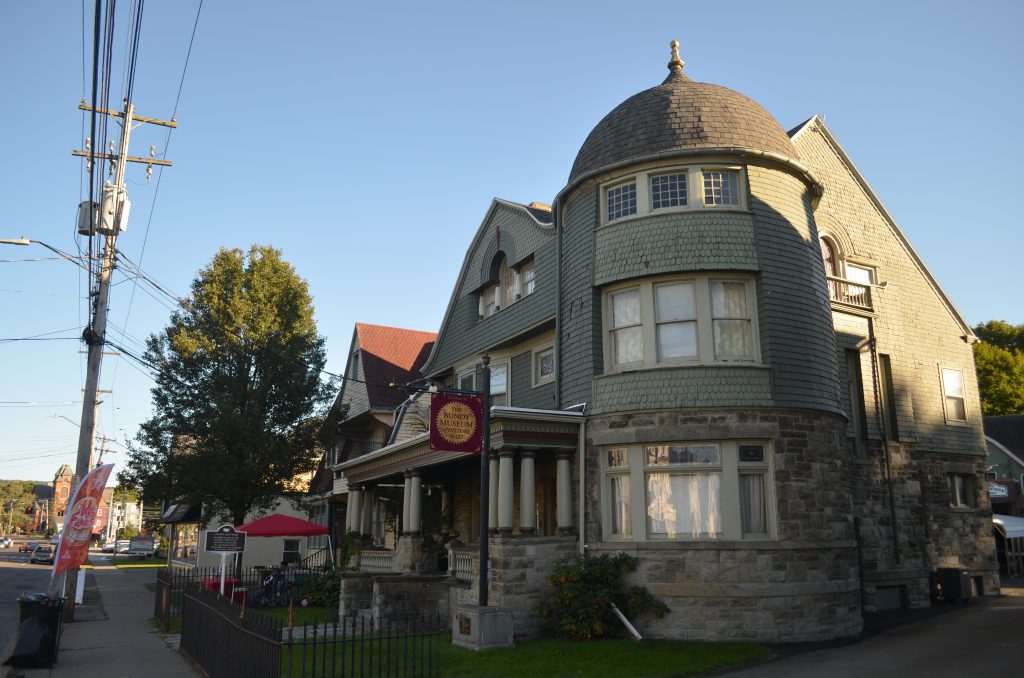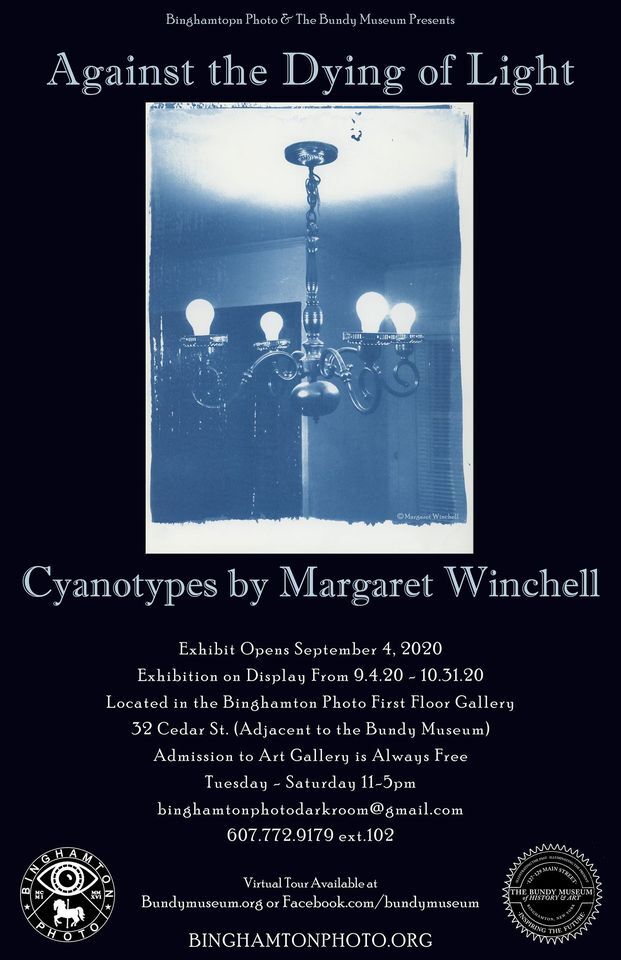
The Bundy Museum of History and Art, in collaboration with Binghamton Photo, presents “Against the Dying of Light,” a photography exhibition created by local artist and photographer Margaret Winchell. The exhibition will be open until Oct. 31.
The name of the exhibition is based on a line by poet Dylan Thomas, “rage, rage, against the dying of light.” Thomas was angry at the fact that beauty could only be captured in the moment by the human eye, nothing else. This concept is what inspired Winchell to create “Against the Dying of Light,” in order to capture beauty in its raw, fleeting state. There are pictures of nature, people and the insides of houses — what may seem like everyday things actually hold a beauty that can finally be captured. The images are a paradox of a sort: they showcase everyday things, but have a strikingly beautiful side to them.
According to Winchell’s artist statement, she hoped to capture the beauty in the moments that don’t always seem that way. This is shown in the photos that capture isolation and loneliness, which are both typically viewed as negative feelings. While the main focus of the images are important, so are the backgrounds, forming the cluster of emotions that Winchell hoped to portray to the viewer. Winchell was able to bring all of these elements together in order to create images that define mortality.
“The camera, for me, represents a bloodless revolution,” Winchell wrote. “A protest against the fogginess of things. A photographer has the rare opportunity to capture a moment; one that never had existed before, that will never exist again and whose beauty would have otherwise been surrendered. The photographer flirts with immortality.”
“Against the Dying of Light” showcases photographs by Winchell that were created using a style of photography called cyanotype. This method dates back to over 175 years ago and causes a distinctive blue-green hue to appear on the photos. The process was invented by an astronomer and scientist named Sir John Herschel. It uses an iron salt solution instead of a silver salt solution, which creates black and white imagery. No darkroom is needed for the photos to appear, as the chemicals react with UV exposure, allowing for the image’s unique hue. The blue-green tones have a unique effect on the photo, allowing for the emotions within the captured scene to come out. This is something that black and white photography can lack.
Winchell is a local Binghamton artist who got her start at Broome Community College, where she majored in visual communications. She then attended SUNY New Paltz, where she obtained her bachelor’s degree in visual arts with a concentration in photography. She has displayed her works all over the area at local restaurants and galleries.
“There’s a loneliness that is so difficult to relate with others, that is palpable in the mundanity of my college home and its many imperfections,” Winchell wrote. “I aim to keep my finger on the pulse of my surroundings, studying the difference in beats for all their beauty and anguish, and ultimately help you feel it too.”
Throughout all her exhibitions, Winchell hopes to capture the beauty of the passing moment. In addition to its blue-green hue, cyanotype also allows for the capture of the flow and movement of an image’s subject. These elements combined serve to further Winchell’s message, prompting the viewer to sit back and think about how impermanent the passing moment is.



